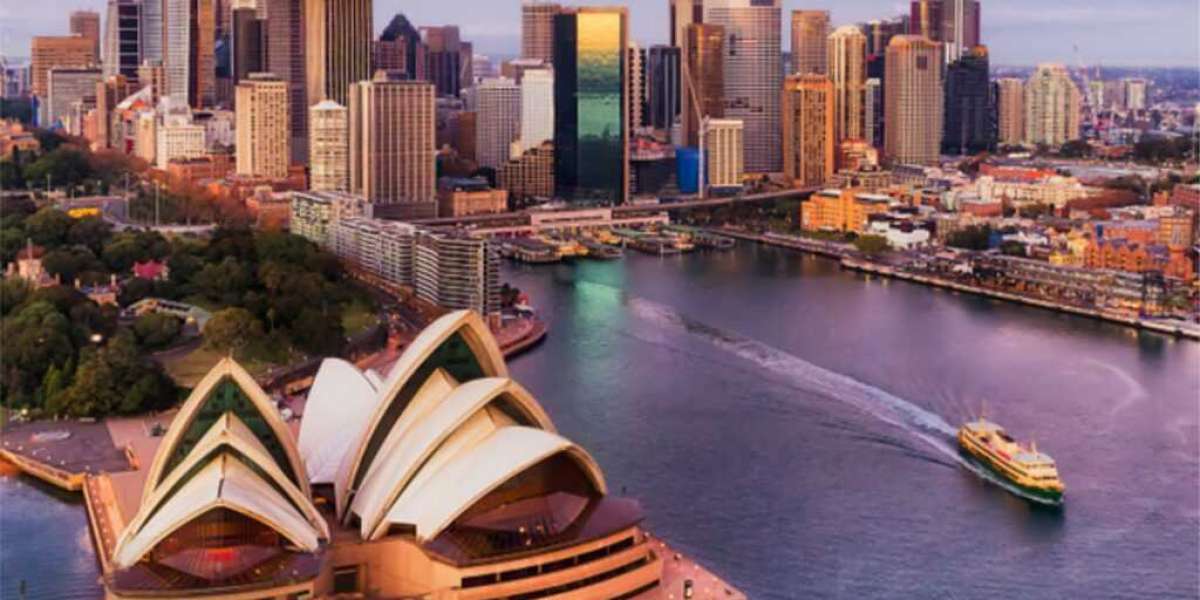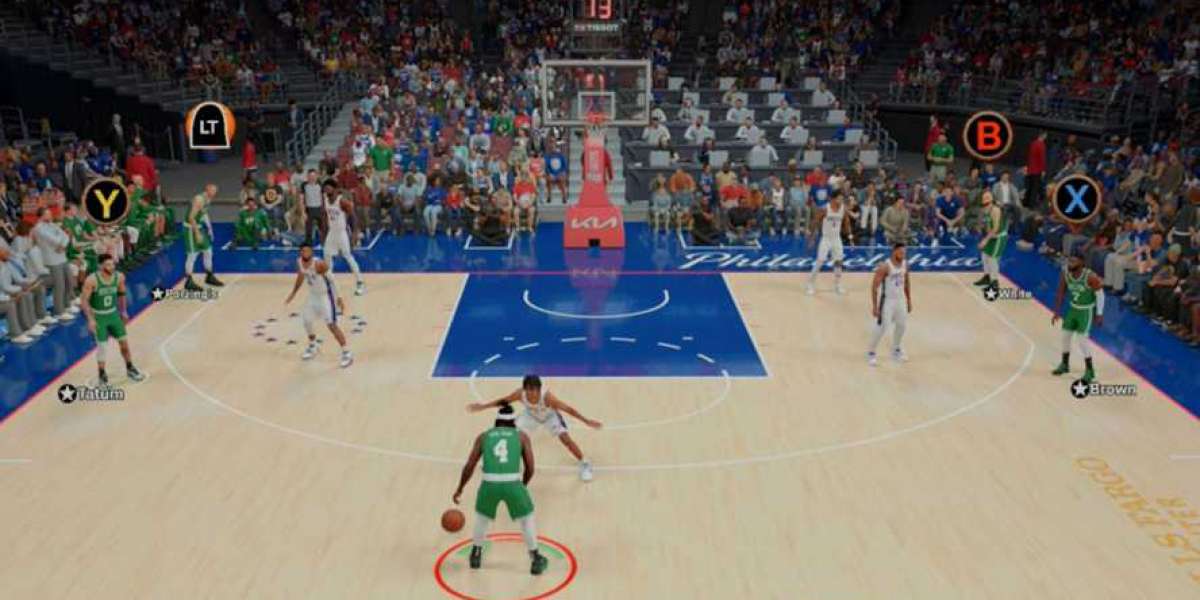When planning to study abroad in Australia, one of the crucial factors to consider is the cost of living in the city where your university is located. Australia boasts several vibrant cities, each with its own unique cost of living. Understanding these costs can help you budget effectively and manage your finances during your studies. This article provides an overview of the typical expenses you might encounter in major Australian cities, including Sydney, Melbourne, Brisbane, and Perth.
1. Sydney
Sydney, Australia's largest and most cosmopolitan city, is also known for its high cost of living.
Accommodation: Renting an apartment in Sydney can be expensive. On average, students might pay AUD 1,200 to AUD 2,200 per month for a one-bedroom apartment in the city center. Shared accommodations or student dormitories can reduce costs, with prices ranging from AUD 700 to AUD 1,200 per month.
Utilities: Monthly utilities (electricity, heating, cooling, water, and garbage) generally cost between AUD 150 and AUD 200. Internet services typically cost around AUD 60 to AUD 80 per month.
Food: Grocery bills can range from AUD 300 to AUD 600 per month, depending on eating habits. Eating out at restaurants and cafes adds additional costs, with a meal at an inexpensive restaurant costing approximately AUD 15 to AUD 25.
Transportation: Public transport in Sydney is well-developed. A monthly pass costs about AUD 150 to AUD 200. Biking or walking can reduce these costs.
2. Melbourne
Melbourne, known for its cultural diversity and artistic vibe, generally has a lower cost of living compared to Sydney, though it is still on the higher side.
Accommodation: Renting a one-bedroom apartment in the city center ranges from AUD 1,200 to AUD 1,800 per month. Shared housing or student residences can cost between AUD 600 and AUD 1,000 per month.
Utilities: Monthly utility bills average around AUD 130 to AUD 180, with internet services costing approximately AUD 50 to AUD 70.
Food: Grocery expenses are similar to Sydney, around AUD 300 to AUD 600 per month. Dining out in Melbourne is slightly more affordable, with a meal at a budget restaurant costing about AUD 12 to AUD 20.
Transportation: Melbourne’s public transport system is extensive, with a monthly Myki card pass costing about AUD 150 to AUD 200. Biking is a popular and cost-effective alternative.
3. Brisbane
Brisbane, known for its warm climate and relaxed lifestyle, is one of the more affordable major cities in Australia.
Accommodation: Rental prices for a one-bedroom apartment in the city center range from AUD 1,000 to AUD 1,500 per month. Shared housing or student accommodations can be more affordable, between AUD 500 and AUD 900 per month.
Utilities: Monthly utility costs are approximately AUD 120 to AUD 160, with internet services costing around AUD 50 to AUD 70.
Food: Grocery costs typically range from AUD 250 to AUD 500 per month. Dining out at inexpensive restaurants is relatively affordable, with meals costing around AUD 10 to AUD 20.
Transportation: Brisbane offers a range of public transport options. A monthly pass generally costs between AUD 120 and AUD 180. Cycling and walking are also viable options.
4. Perth
Perth, located on Australia’s west coast, is known for its lower cost of living compared to the eastern cities.
Accommodation: Renting a one-bedroom apartment in Perth city center usually costs between AUD 1,000 and AUD 1,400 per month. Shared accommodations or student residences are available for AUD 500 to AUD 800 per month.
Utilities: Monthly utilities are around AUD 120 to AUD 150, and internet services generally cost between AUD 50 and AUD 70.
Food: Grocery bills range from AUD 250 to AUD 500 per month. Dining out is relatively inexpensive, with a meal at a budget restaurant costing around AUD 10 to AUD 20.
Transportation: Public transport in Perth is reasonably priced, with a monthly pass costing about AUD 100 to AUD 150. Cycling and walking are also popular.
Conclusion
Understanding the cost of living in your chosen city is crucial for effective budgeting and financial planning as an international student. While Sydney and Melbourne are the most expensive cities, Brisbane and Perth offer more affordable options. By considering accommodation, utilities, food, and transportation costs, you can better prepare for your study experience in Australia. Additionally, exploring scholarship opportunities and part-time work options can further help manage expenses and make your time studying in Australia more financially manageable.








